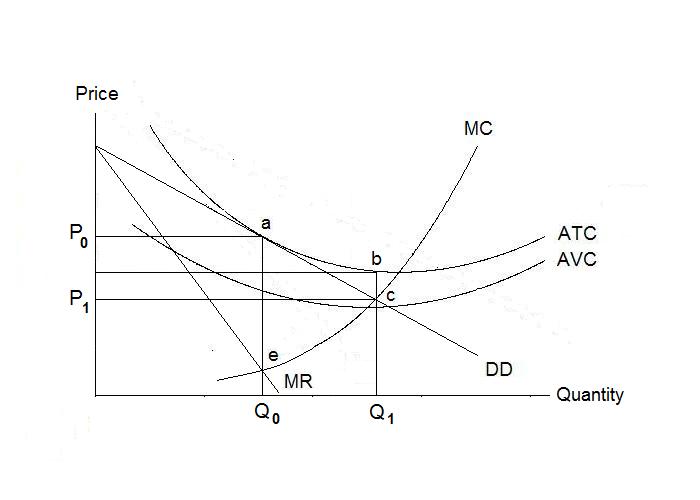
True or False?
The statement is true. Consider the Figure below, which represents the equilibrium of the individual firm.

When the two firms collude, each firm produces output Q0 at which its marginal revenue equals its marginal cost, and earns zero profit. It turns out that the cost conditions of the firm are such that equilibrium under collusion will just cover their respective marginal costs.
Suppose firm 1 were to act independently, lowering its price and producing where its new marginal revenue equals its marginal cost. It is obvious from the figure (after a flatter single-firm demand curve is passed through point a) that a positive-profit-equilibrium will occur, with a loss necessarily resulting in the case of firm 2 as a result of the lower price at its initial output level. Faced with this situation, firm 2 will find it optimal to also increase its output to the level of firm 1's output, thereby producing new outputs of both firms along the collusive demand curve to the right of point a achieving the smallest loss for itself and an equal negative profit for the other firm. Once firm 1 knows that firm 2 will produce the same output as it does, it will be in its interest to move its output back to point a. This cournot equilibrium will be the same as the collusive one.
The economically efficient output in this case would be Q1, in which case the government would have to force both firms to charge the price P1 and subsidize each of them by the amount b c per unit of output.